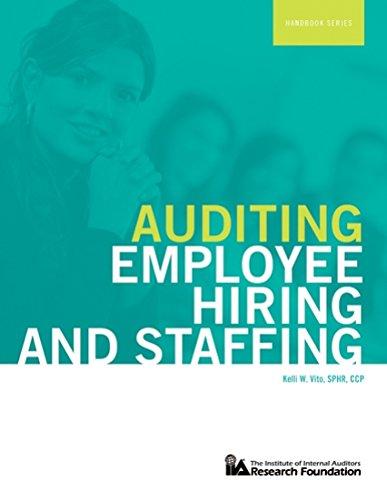Question
April 1 Beginning Inventory 50 units @ $204 10 Purchase 100 units @ $220 17 Sale 90 units 30 Ending Inventory 60 units May 2
April 1 Beginning Inventory 50 units @ $204
10 Purchase 100 units @ $220
17 Sale 90 units
30 Ending Inventory 60 units
May 2 Purchase 100 units @ $216
14 Purchase 50 units @ $224
22 Purchase 60 units @ $234
30 Sale 200 units
31 Ending Inventory 70 units
Use the data provided, but assume that the company uses the perpetual inventory system. (Hint: In preparing the solutions, it is helpful to determine the balance of inventory after each transaction).
1) Determine the cost of ending inventory and cost of goods sold for April and May using the average-cost method. (Round unit costs to the nearest cent).
2) Determine the cost of ending inventory and cost of goods sold for April and May using the FIFO method.
3) Determine the cost of ending inventory and cost of cost of goods sold for April and May using the LIFO method.
4) Business Application: Assume that this company grows for many years in a long period of rising prices. How realistic do you think the balance sheet value for inventory would be and what effect would it have on the inventory turnover ratio?
Step by Step Solution
There are 3 Steps involved in it
Step: 1

Get Instant Access to Expert-Tailored Solutions
See step-by-step solutions with expert insights and AI powered tools for academic success
Step: 2

Step: 3

Ace Your Homework with AI
Get the answers you need in no time with our AI-driven, step-by-step assistance
Get Started


